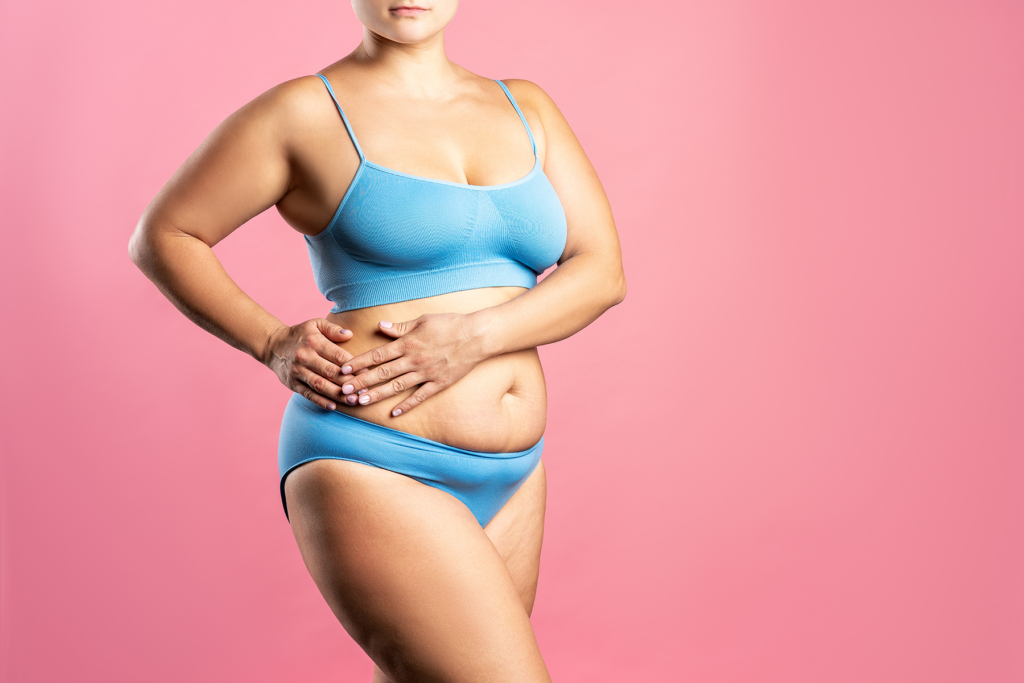Have you ever considered cosmetic surgery but were hesitant because of concerns about implants or foreign materials? Fat transfer surgery, also known as fat grafting, is a safe and effective alternative that uses your own natural tissue, your own fat cells, to contour and reshape areas of the body. This procedure, also referred to as autologous fat transfer, fat injection, adipose tissue transfer, fat transplantation or, fat redistribution involves removing fat from one area of the body and strategically injecting it into another area to improve its appearance.
Fat transfer surgery can address a variety of concerns, including signs of ageing, volume loss, and irregularities in body contours. The procedure can be performed on the face, breasts, buttocks, and other areas, providing a versatile solution for patients looking to enhance their appearance.
Key Takeaways:
- Fat transfer surgery is a safe and effective alternative to implants or foreign materials.
- The procedure, also known as fat grafting, autologous fat transfer, or fat injection, involves using your own natural fat to contour and reshape areas of the body.
- Fat transfer surgery can address signs of ageing, volume loss, and irregularities in body contours on the face, breasts, buttocks, and other areas.
- The procedure offers long-lasting results with minimal scarring.
- To achieve the best results, it is important to choose an experienced plastic surgeon like Dr. Veerle Rotsaert.
The Methodology of Fat Transfer Surgery
Fat transfer surgery, also known as fat grafting, autologous fat transfer, fat injection, adipose tissue transfer, fat transplantation, or fat redistribution, involves removing excess fat from areas of the body where it is unwanted and injecting it into areas that lack volume. This innovative procedure is used to enhance body contours, shape and rejuvenate the face, and improve the appearance of ageing and sagging skin.
The methodology of fat transfer surgery begins with a thorough consultation with a skilled plastic surgeon, such as London based Dr. Veerle Rotsaert, who will evaluate the patient’s concerns, medical history, and desired outcomes. Dr Veerle Rotsaert will then determine the most appropriate areas for harvesting excess fat, typically the abdomen, thighs, or buttocks, and the ideal target areas for injection.
The fat tissue is carefully extracted using liposuction and prepared for injection, Dr. Rotsaert like to use the Puregraft system. The surgeon will then use a small needle to inject the harvested fat into the target area, layer by layer, ensuring optimal placement and contouring. The procedure can be performed under local or general anaesthesia, depending on the extent of the surgery and the patient’s comfort level.
One of the advantages of fat transfer surgery is that it uses the patient’s own natural tissue, reducing the risk of rejection or allergic reaction. Additionally, fat transfer surgery results in minimal scarring and can have long-lasting effects, as the transplanted fat cells will continue to live and grow in their new location.
Benefits of Fat Transfer Surgery
There are numerous benefits to undergoing fat transfer surgery, also known as fat grafting, autologous fat transfer, fat injection, adipose tissue transfer, fat transplantation, fat redistribution or, body contouring. Dr. Veerle Rotsaert, a leading plastic surgeon in London, has extensive experience in performing this procedure and achieving excellent results.
Improved Appearance
One of the primary benefits of fat transfer surgery is the improvement in the appearance of ageing or sagging skin.
Fat transfer surgery can be used for body contouring, enhancing the shape and curves of the body without the need for artificial implants. This can be particularly beneficial for those who have lost a significant amount of weight or have asymmetrical features, such as uneven breasts.
Long-lasting Results
Another advantage of fat transfer surgery is the longevity of the results. Since the procedure involves using the patient’s own fat, it is less likely to be rejected by the body, meaning that the results can last for several years to come. The fat that is transferred also becomes a permanent part of the body, making it a safe and effective solution for enhancing one’s appearance.
Minimal Scarring
Unlike other surgical procedures, fat transfer surgery typically results in minimal scarring. The incisions made during the procedure are small and located in inconspicuous areas, such as natural skin creases or behind the ears. This means that patients can enjoy the benefits of the procedure without the worry of visible scars or long recovery times.
Overall, fat transfer surgery offers numerous benefits for those looking to enhance their appearance through body contouring and rejuvenation. With the expertise of Dr. Veerle Rotsaert, patients can achieve natural-looking and long-lasting results with minimal scarring.
Conclusion
To sum up, fat transfer surgery is a transformative procedure for body contouring and rejuvenation. By using fat from one area of the body to enhance volume and reshape contours in another, fat transfer surgery offers a natural and effective alternative to artificial implants.
The benefits of this procedure are numerous and long-lasting. It can improve the appearance of ageing and sagging skin, restore volume to areas that have lost fat due to natural ageing or other factors, and enhance body contours without the need for artificial implants. These results are achieved with minimal scarring and downtime.
For anyone considering fat transfer surgery, it is important to consult with a qualified and experienced plastic surgeon. Dr. Veerle Rotsaert is a renowned plastic surgeon in London, with expertise in fat transfer surgery and other body contouring procedures.
If you are interested in learning more about fat transfer surgery or other plastic surgery procedures, please do not hesitate to contact Dr. Veerle Rotsaert for a consultation.
FAQ
Q: What is Fat Transfer Surgery?
A: Fat transfer surgery, also known as fat grafting, autologous fat transfer, or fat injection, is a procedure that involves removing fat from one area of the body and injecting it into another area. This technique is used to enhance volume, reshape contours, and improve body symmetry. It is often performed for body contouring and rejuvenation purposes.
Q: How does Fat Transfer Surgery work?
A: During fat transfer surgery, fat is typically harvested from areas such as the abdomen, thighs, or buttocks through liposuction. The fat is then processed and purified before being injected into the desired area, such as the breasts, face, or buttocks. The procedure aims to provide long-lasting and natural-looking results by using the patient’s own fat tissue.
Q: What are the benefits of Fat Transfer Surgery?
A: Fat transfer surgery offers several benefits. Firstly, it allows for the enhancement of body contours and symmetry using the patient’s natural fat. This eliminates the need for artificial implants and reduces the risk of complications. Additionally, fat transfer can restore volume to areas that have lost fat due to natural ageing or other factors, providing a more youthful appearance. The results of fat transfer surgery are generally long-lasting and can be tailored to each individual’s specific needs and desired outcomes.
Q: Is Fat Transfer Surgery a permanent solution?
A: While fat transfer surgery can provide long-lasting results, it is important to note that not all of the transferred fat may survive. Some of the injected fat cells may be reabsorbed by the body over time. However, the fat that does survive will typically remain in place for years, providing a lasting improvement in volume and contours.
Q: Who is a suitable candidate for Fat Transfer Surgery?
A: Suitable candidates for fat transfer surgery are individuals who are in good overall health and have realistic expectations about the procedure. They should have areas of excess fat that can be used as donor sites, as well as areas that could benefit from enhanced volume or contouring. It is important for patients to discuss their goals and medical history with a qualified plastic surgeon to determine if they are a suitable candidate for the procedure.
Q: Is Fat Transfer Surgery a safe procedure?
A: Fat transfer surgery is generally considered safe when performed by a qualified and experienced plastic surgeon. As with any surgical procedure, there are risks and potential complications, such as infection, bleeding, or asymmetry. However, these risks can be minimised by choosing a skilled surgeon and following post-operative care instructions. It is important for patients to discuss any concerns or questions they may have with their surgeon before undergoing the procedure.


